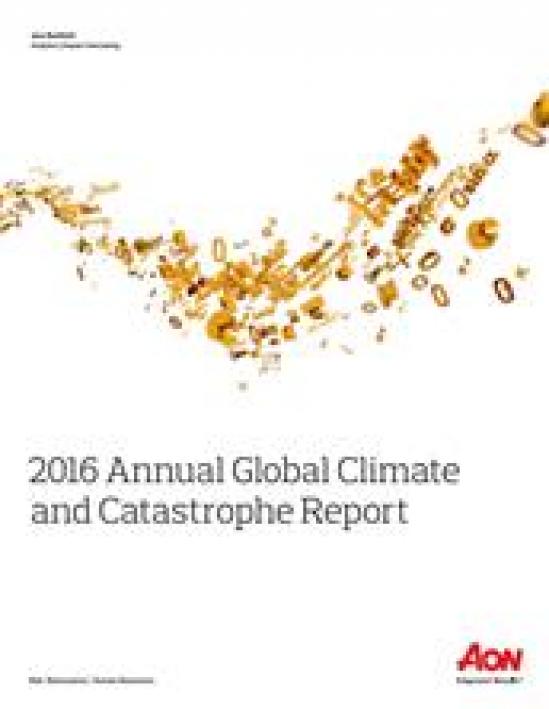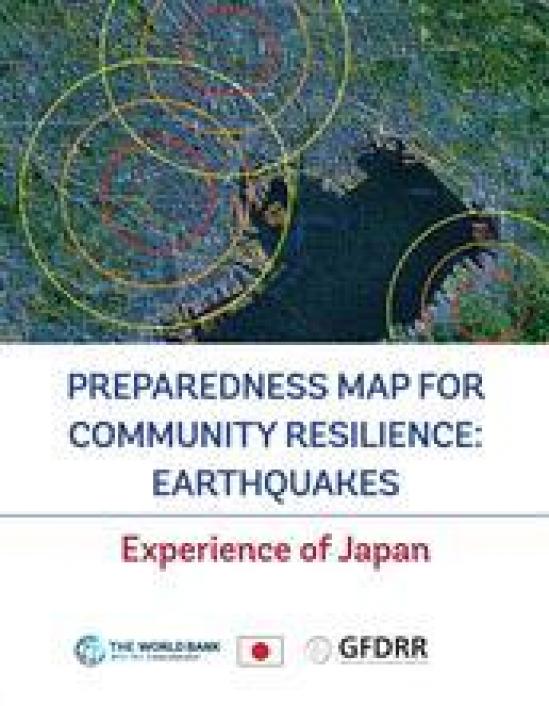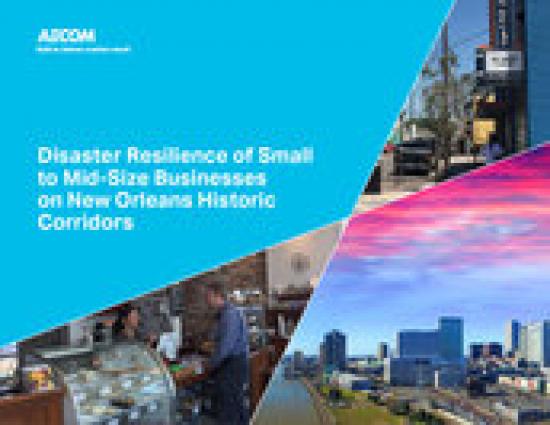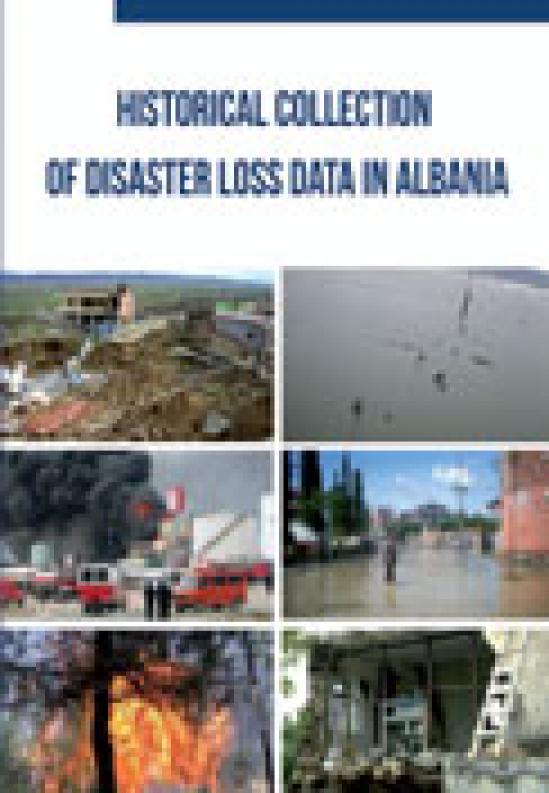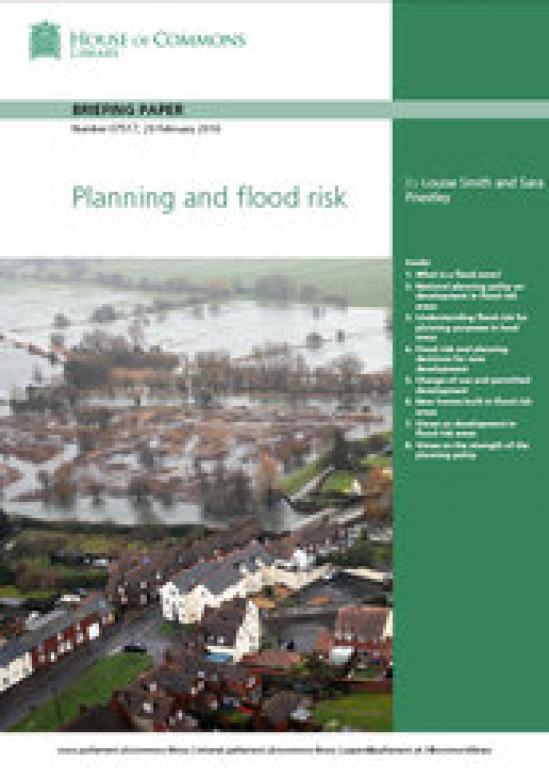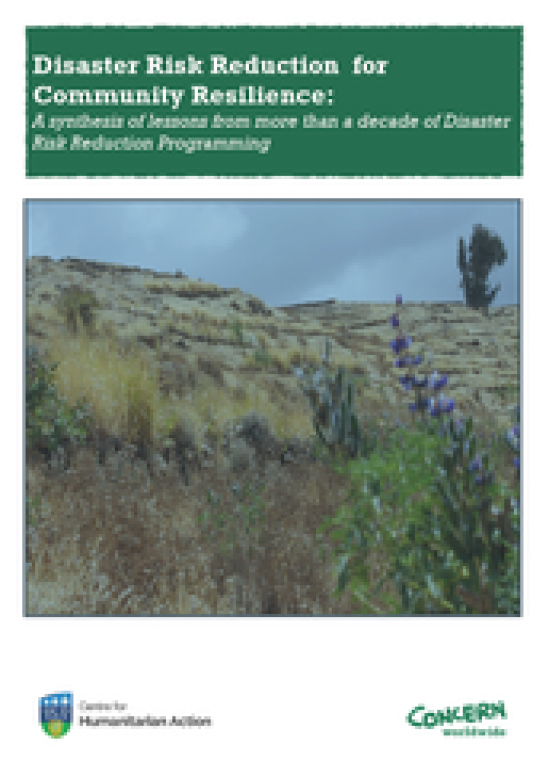2016 Annual Global Climate and Catastrophe Report
This report evaluates the impact of worldwide natural disaster events during the last 12 months to promote awareness and enhance resilience. The report reveals that there were 315 natural catastrophe events in 2016 that generated economic losses of USD210 billion. For historical context, 2016 was the seventh highest year on record with the combined economic loss exceeding the USD200 billion threshold for the first time since 2013.

